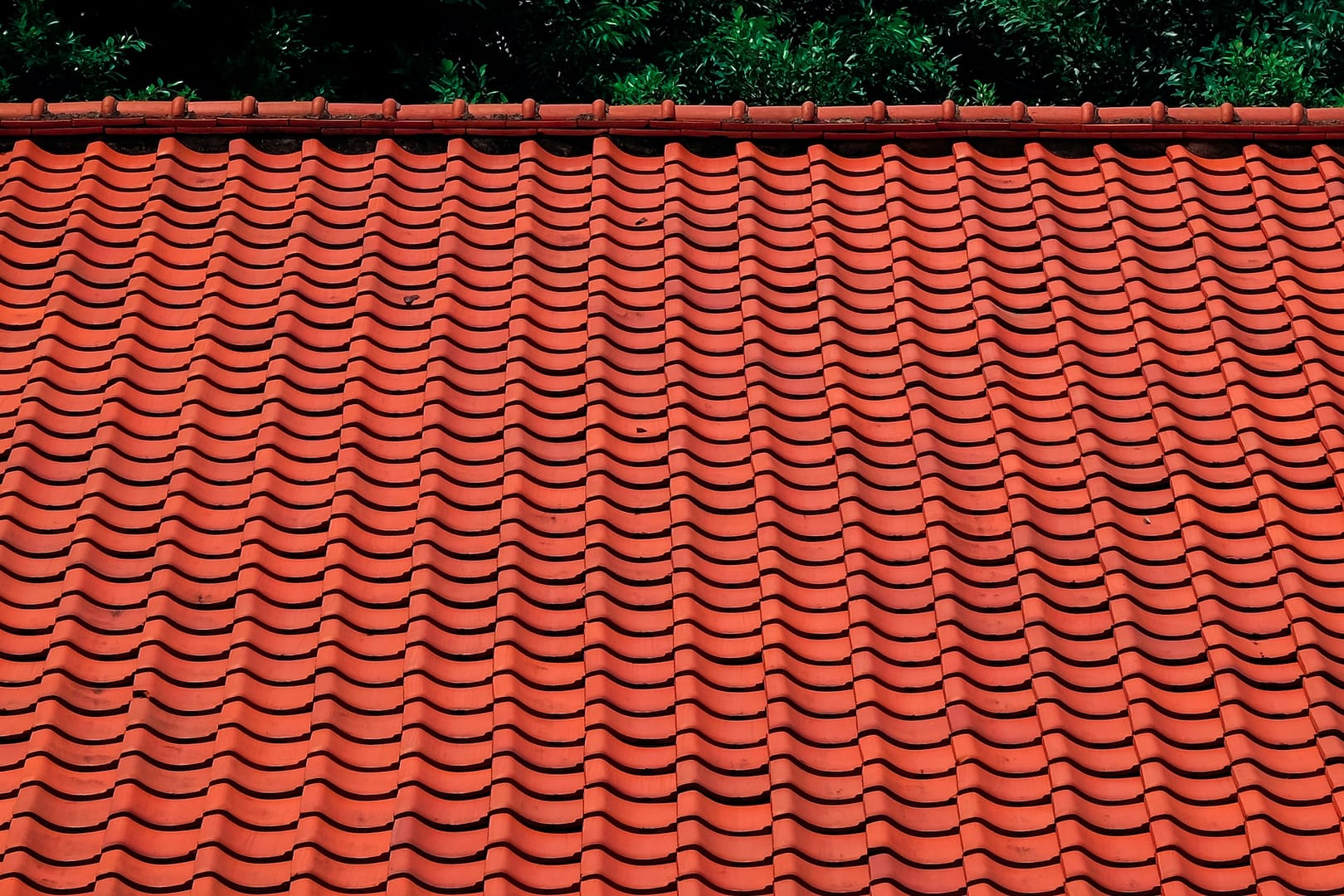Mould, the sneaky invader that often goes unnoticed, can lead to a range of health problems when left unchecked. It might seem harmless, resembling just a dark or fuzzy spot on the wall, but behind that unassuming appearance lies the potential to cause serious harm to your well-being. In this article, we’ll delve into the fascinating and concerning world of mould, exploring how it can affect your health and why it’s essential to address any mould issues promptly. We will also highlight how best it is to start a housing disrepair claim with us at National Claims.
The Silent Menace: Can Living with Mould Make You Ill?
Imagine stepping into a cozy room, enjoying the comfort of your own home. But what if I told you that there could be an invisible intruder lurking within the very walls that surround you? Mould, the unsung villain, has the ability to infiltrate our living spaces without us even realizing it. It reproduces through tiny, airborne spores that can find their way into our homes through doors, windows, and even the HVAC system. Once inside, these spores can settle on various surfaces and start growing under the right conditions: moisture and warmth.
But how exactly can mould make you ill? The answer lies in the toxins it produces, known as mycotoxins. When mould releases mycotoxins into the air, they can be inhaled, setting off a series of potential health issues. For instance, exposure to mould has been linked to respiratory problems, including coughing, wheezing, and exacerbation of asthma symptoms. If you’re particularly sensitive to mould or have allergies, you might experience even more severe reactions.
In addition to its impact on the respiratory system, mould can also affect your immune system. Prolonged exposure to mouldy environments might weaken your body’s defense mechanisms, leaving you more susceptible to infections. Moreover, mycotoxins have been associated with neurological symptoms like headaches, fatigue, and difficulty concentrating. It’s like a silent saboteur, gradually chipping away at your health without you even realizing it.
The Roof Leak Connection: Can a Leak in the Roof Cause Mould?

Now that we understand how mould can become a health hazard, let’s explore one of the common culprits behind mould growth: roof leaks. Picture this: heavy rain is pummeling your roof, and you’re cozied up indoors, feeling safe and dry. But is your home really as impervious to the elements as you think? A leak in your roof might be allowing water to seep in, setting the stage for mould to flourish.
When water infiltrates your home through a leaky roof, it creates an environment that’s conducive to mould growth. The moisture combines with organic materials like wood, drywall, or insulation, providing a feast for mould spores. As the mould colonies take hold, they can spread across surfaces and release those troublesome mycotoxins into the air you breathe.
Imagine this scenario: You’ve had a persistent leak in your roof for a while, but you’ve shrugged it off, thinking it’s just a minor inconvenience. Over time, that leak has allowed mould to silently invade your attic, spreading its reach throughout your home. Unbeknownst to you, you’re breathing in mycotoxins every day, experiencing inexplicable fatigue and persistent coughing. Your once-cozy haven has become a potential health hazard.
Taking Action: Safeguarding Your Health from Mould’s Grip
Now that you’re armed with knowledge about the dangers of mould, it’s time to take action to protect yourself and your loved ones. Here are some steps you can take to minimize the risk of mould-related health issues:
Address Water Intrusion Promptly
Whether it’s a leaky roof, a burst pipe, or a damp basement, any form of water intrusion should be dealt with promptly. The longer moisture lingers, the more likely it is for mould to take root and flourish.
Maintain Proper Ventilation
Proper ventilation is key to preventing mould growth. Ensure that your home is well-ventilated, especially in areas prone to moisture, such as bathrooms and kitchens. Consider using exhaust fans and opening windows to allow fresh air to circulate.
Control Indoor Humidity
Mould loves moisture, so keeping indoor humidity levels in check is crucial. Aim for a relative humidity of 30-50%. You can use dehumidifiers to help maintain the ideal humidity range.
Regular Cleaning and Inspection
Regularly clean and inspect areas that are prone to mould growth, such as bathrooms, basements, and crawlspaces. If you notice any signs of mould, such as discoloration or a musty odor, take immediate action to address it.
Seek Professional Help
If you suspect a significant mould problem or have health symptoms that could be related to mould exposure, don’t hesitate to seek professional help. Certified mould inspectors and remediation experts can assess the situation and recommend appropriate actions.Making a
Housing Disrepair Claim
In some cases, mould growth and related health issues can be attributed to the negligence of landlords or property owners. If you’re living in a rental property or housing managed by someone else and you’ve reported mould issues that haven’t been adequately addressed, you might have grounds to make a housing disrepair claim. These claims aim to hold property owners accountable for failing to provide safe and habitable living conditions. Consulting with us at National Claims is integral when starting your housing disrepair claim. Our team of claims specialists will walk you through the claims process and will help you through every step of the way.
How Much Compensation For Damp And Mould UK?
To find out how much compensation you can receive for your housing disrepair, it is best to fill out one of our claims forms that can be found throughout our website.
Conclusion
Mould, though often overlooked, is a force to be reckoned with when it comes to your health. Its ability to release mycotoxins and thrive in moisture-rich environments can lead to a range of serious health issues, from respiratory problems to neurological symptoms. Roof leaks, among other sources of water intrusion, can provide mould with the perfect breeding ground, allowing it to silently infiltrate your living spaces.
By promptly addressing water intrusion, maintaining proper ventilation, controlling indoor humidity, and seeking professional help when needed, we can safeguard our health and well-being from the clutches of mould. Remember, a healthy home is a happy home, free from the hidden dangers of mould-related health concerns.
And if you find yourself in a situation where neglectful housing conditions have contributed to mould-related health issues, don’t hesitate to explore your options for making a housing disrepair claim. Your health and safety are paramount, and taking the necessary steps to protect them is a vital part of ensuring a high quality of life for you and your loved ones.
Contact us today to get started on your claim and find out more about how we help with housing disrepair.
Click below to see why we are one of the most trusted claims management companies in the UK.

We’re proud of our excellent customer reviews
We thrive on delivering exceptional service and ensuring our clients’ satisfaction. Don’t just take our word for it. Check out some of our independent reviews to see what our clients have to say.
Excellent

This firm is excellent, they sorted out my car pay out and injury claim very fast, they always communicate with you all the time.

My accident case was dealt with confidence and with great result of the outcome, especially James kept me informed all the time.

I was very impressed at the way my inquiry was treated. I was listened to attentively and everything I needed to know was explained to me.






